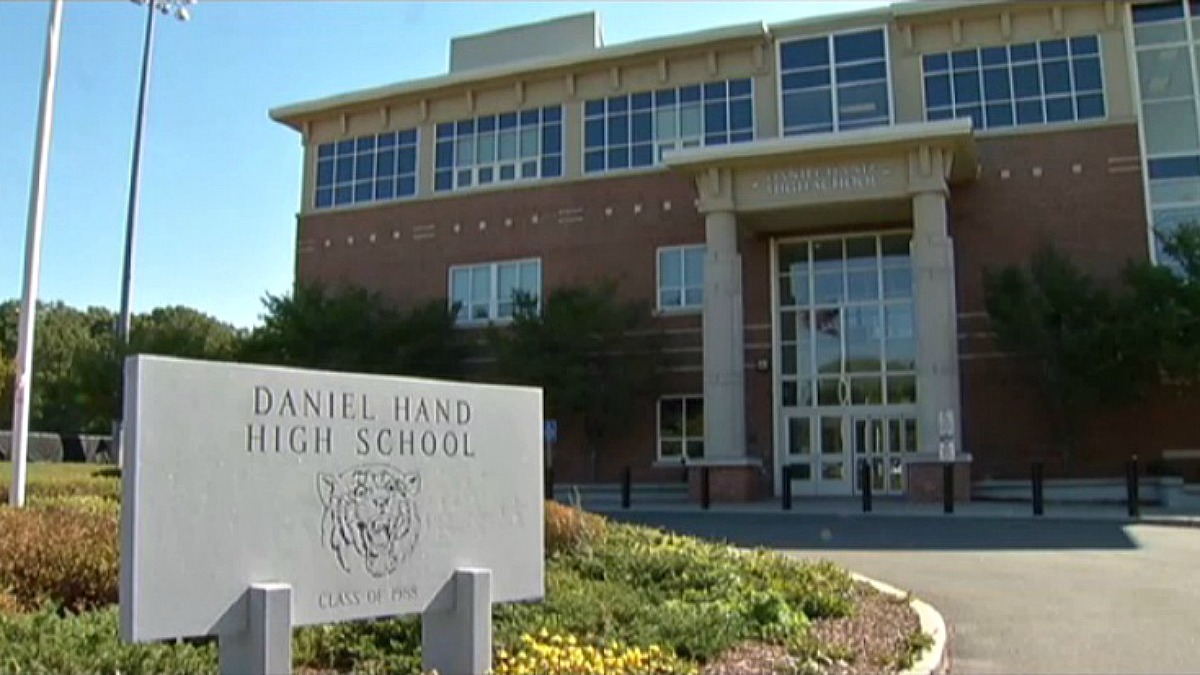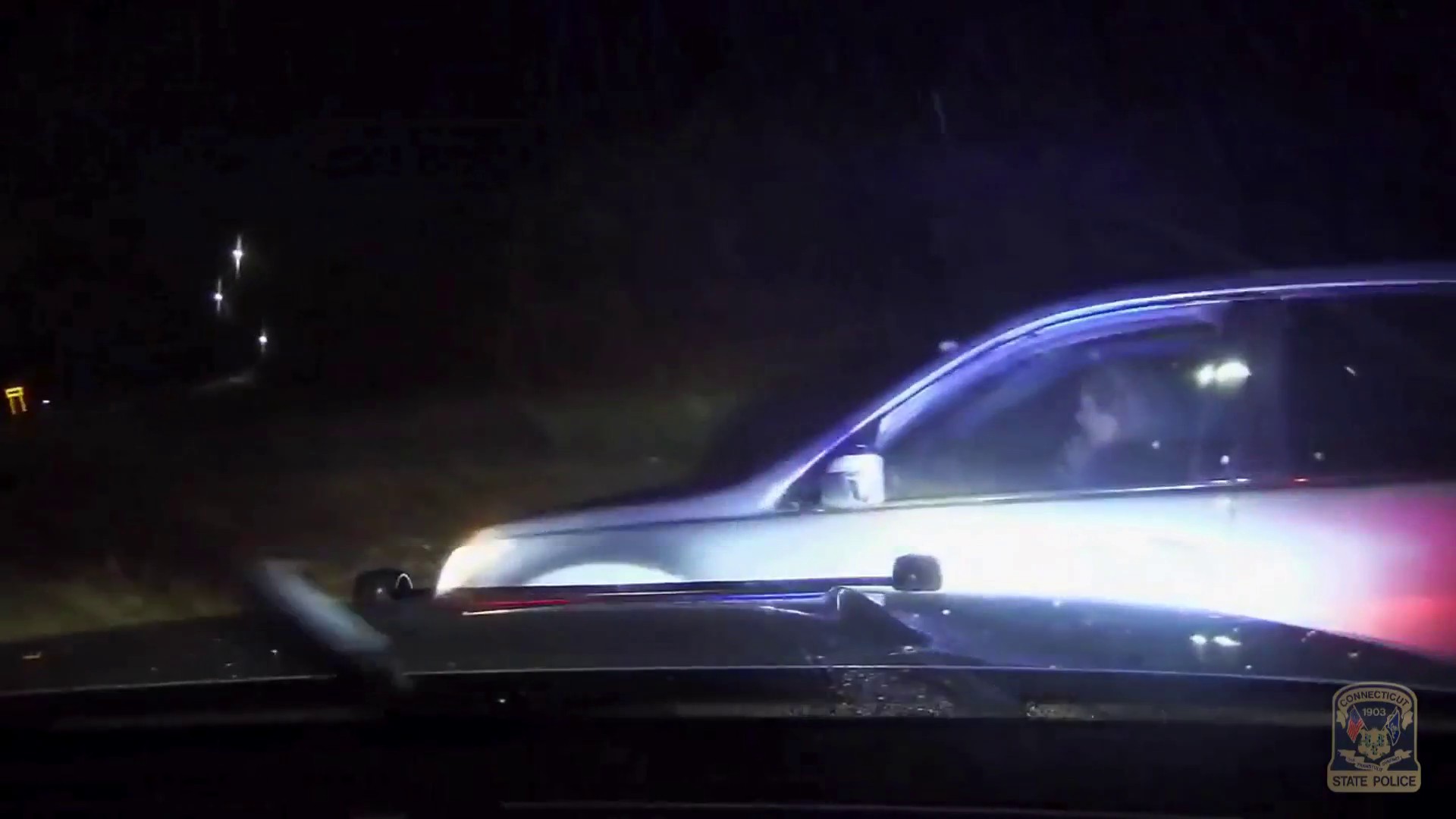October is Italian-American Heritage and Culture Month.
October is Italian-American Heritage and Culture Month.
In Connecticut, more than 584,000 Italian-Americans call the state home, according to World Population Review 2023. They make up 16-percent of the population, making Connecticut the state with the highest percentage of Italian-Americans in the country.
Over the decades, Italian immigrants and their descendants are also responsible for many contributions to Connecticut.
With rolling hills, winding vines, and luscious fruit, there is a corner of Connecticut that looks like the Italian countryside.
Get top local stories in Connecticut delivered to you every morning. Sign up for NBC Connecticut's News Headlines newsletter.
“Apples, peaches, pears, blueberries, sweet cherries,” said Ben LaRose, Belltown Hill Orchards Pick Your Own manager.
The family behind Belltown Hill Orchards: Italian-Americans. They have been running the farm and market in Glastonbury for four generations.
“My grandfather came from Vicenza, Italy in 1904 at 14 years old,” said Dorothy LaRose, Belltown Hill Orchards manager.
Local
After building tracks for the railroads, her grandfather bought the property in 1910.
“We have my grandfather, who's no longer with us, and my grandmother, who's no longer with us as well. Then they passed it down,” Ben LaRose said, showing a photo taken of the family in 1989.
Today, Ben LaRose represents the fourth generation of farmers, in a place with rich history.
“We have pictures, very, very old pictures, of them having parties down here, picnics,” Dorothy LaRose said. “Some gatherings for the family, and all the old Italians coming here, and just enjoying life on a nice Sunday afternoon back in the day.”
Its also a place of vigorous work.
“They removed stones by hand, they cut trees by hand,” said Paul Pirrotta, president of the Canicattinese Society.
Pirrotta, the author of books on Italian-American history, says immigrants at the turn of the 20th century sculpted the South Glastonbury countryside into the picturesque farms we see today.
“And what they have left for us behind, that you can see now, to me is a miracle,” he said.
Yet this hard work was done in the face of deep discrimination.
“Aliens invasion of Connecticut farms,” Pirrotta read from an old newspaper headline.
Some degrading headlines and documents from the past are included in Pirrotta’s book.
However, he lays out how the perseverance of these early immigrants ultimately gained them recognition, discriminatory headlines giving way to praise.
“This is this the other headline a few years later: ‘Italians work miracles on cheap farms,’” Pirrotta explained.
Their contributions now touch every area of Connecticut culture.
“Construction of the State Capitol. Two Italian fellows from the Turin area were the only ones who had the capabilities to work the marble that you now see at the State Capitol,” Pirrotta said. “Then music, opera, sports. You have people like Ann Uccello and Ella Grasso: the first mayor, female mayor in the history of the city of Hartford, the first woman governor elected on their own, also in Connecticut.”
Pirrotta had the opportunity to highlight those achievements during a visit to the White House this month, where he and other leaders met with Dr. Jill Biden, the country’s first Italian-American First Lady.
“What they have left for us is unbelievable,” Pirrotta said.
Whether it’s farming skills, language, or music, Pirrotta says many Italian Americans from the old country hope that they can teacher future generations about the beauty of their culture.
“I started to write for my grandchildren,” he said. “The bottom line is that when my generation disappears, which is last generation to come from Italy, there's going to be a huge knowledge gap.”
While Pirrotta documents for posterity, the LaRoses embrace their family history as a fourth generation small business.
“We don't want to let all the hard work of our great grandfather or grandfather, or uncle and my uncle and their dad kind of go to waste,” Ben LaRose said.
They are continuing a legacy born in Italy, and now with deep roots in Connecticut.
“They worked a lot of hard years to get the farm to where it is now,” Ben LaRose said. “We want to keep progressing it into the future and keep it going. So maybe the fifth generation want to take it over one day.”



